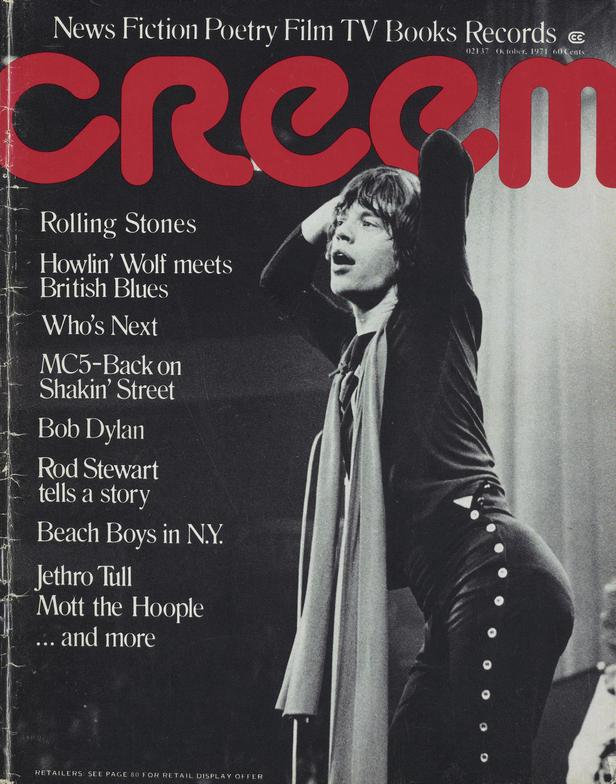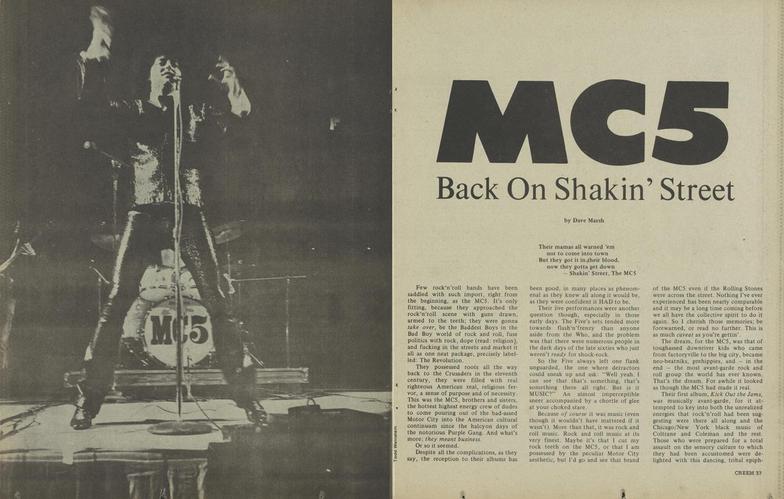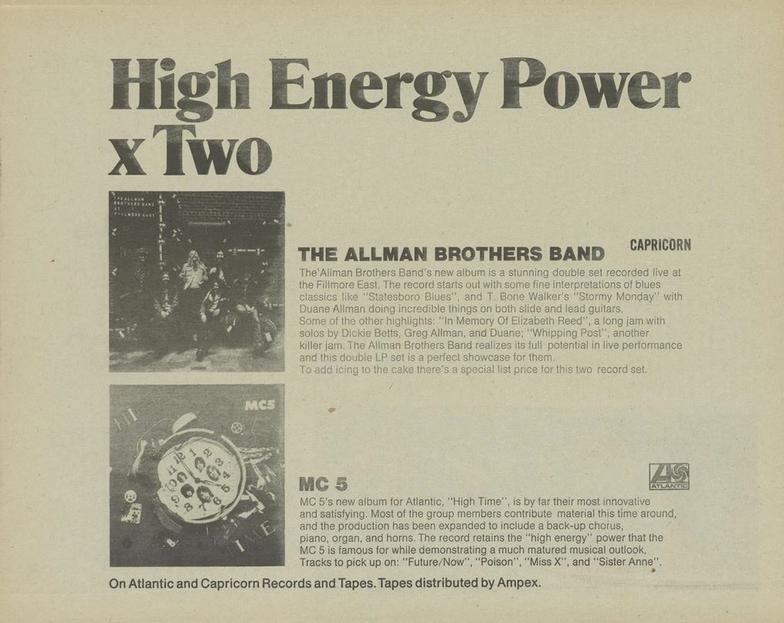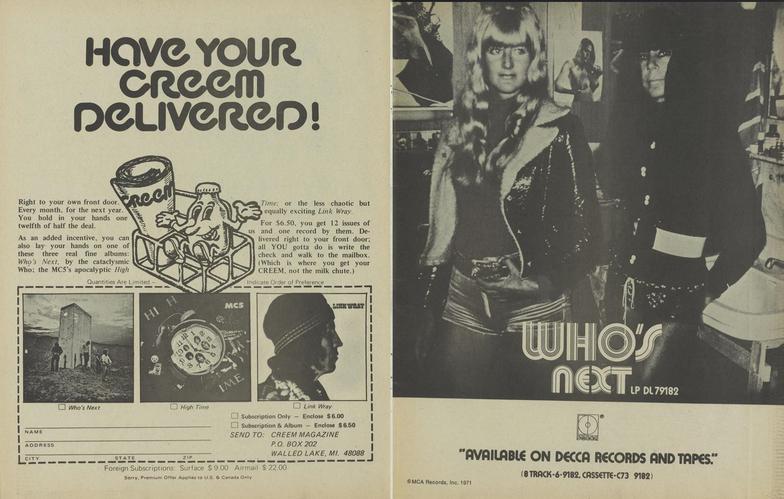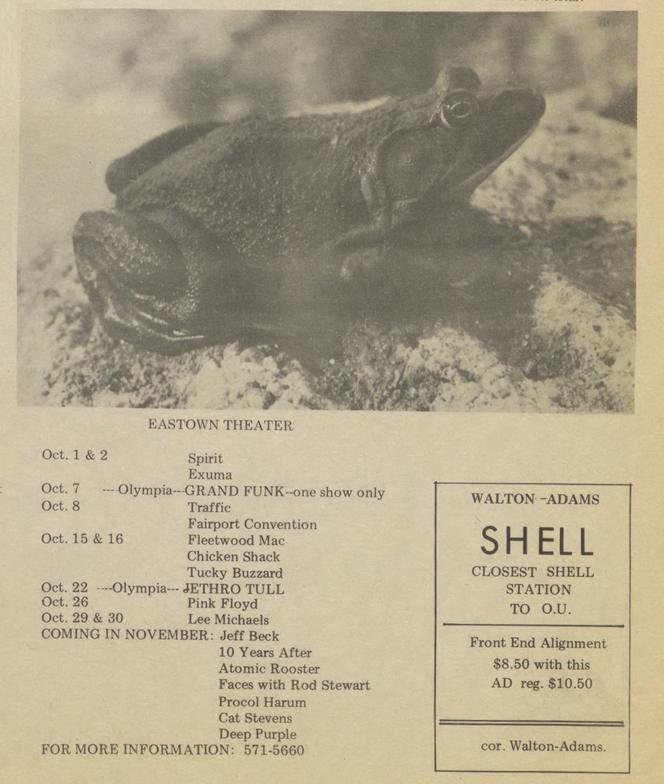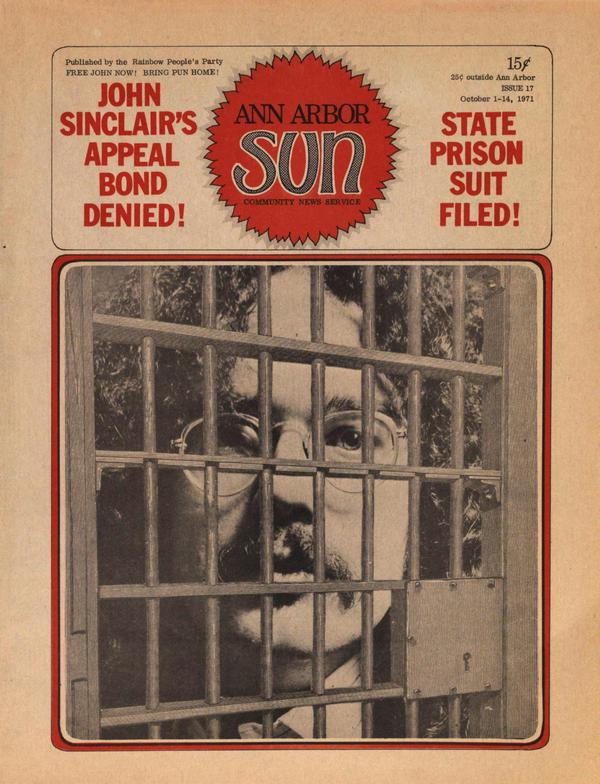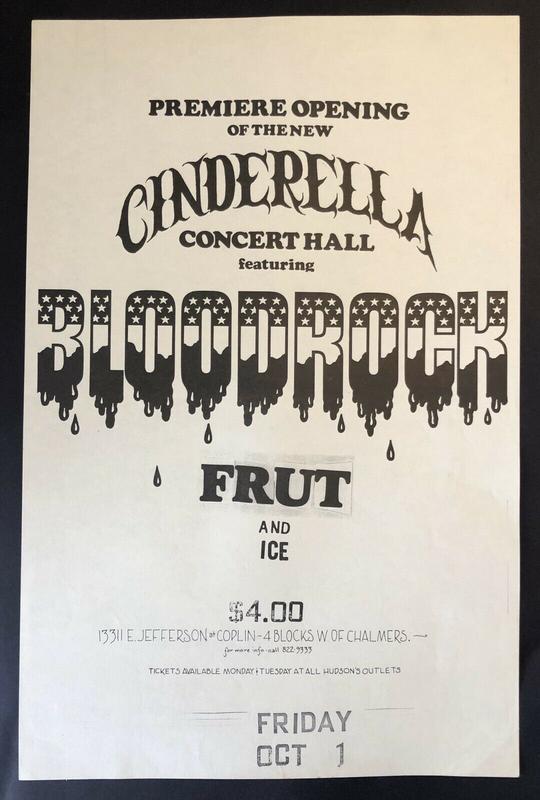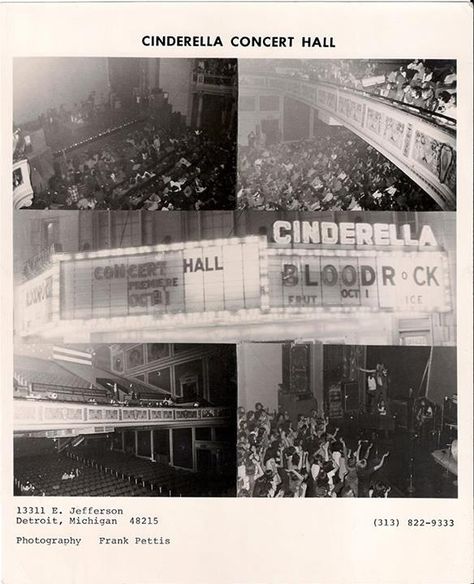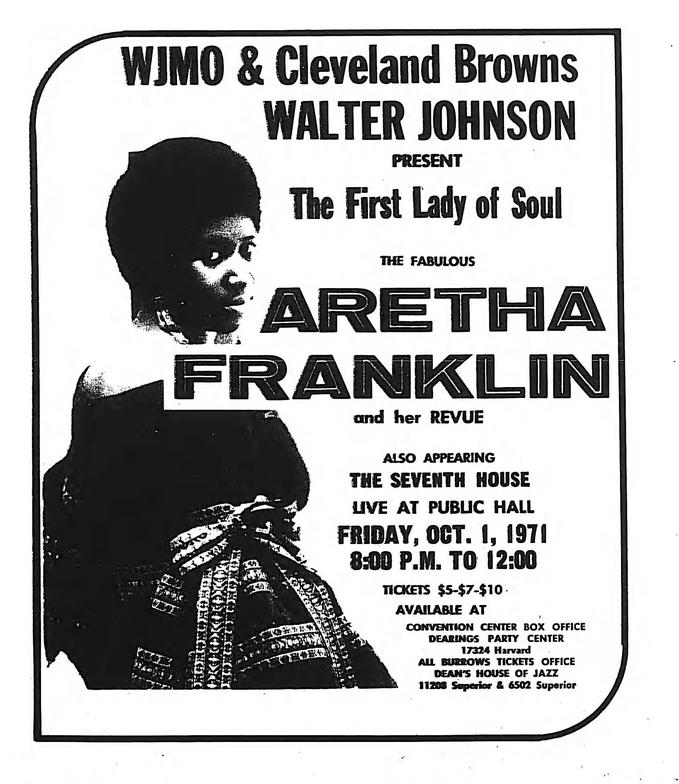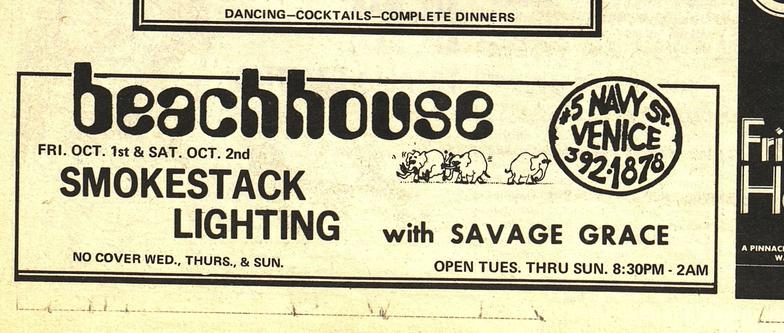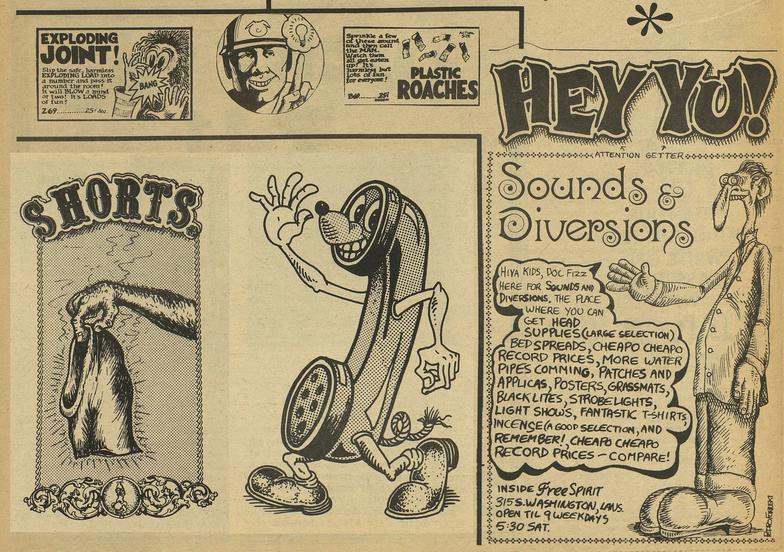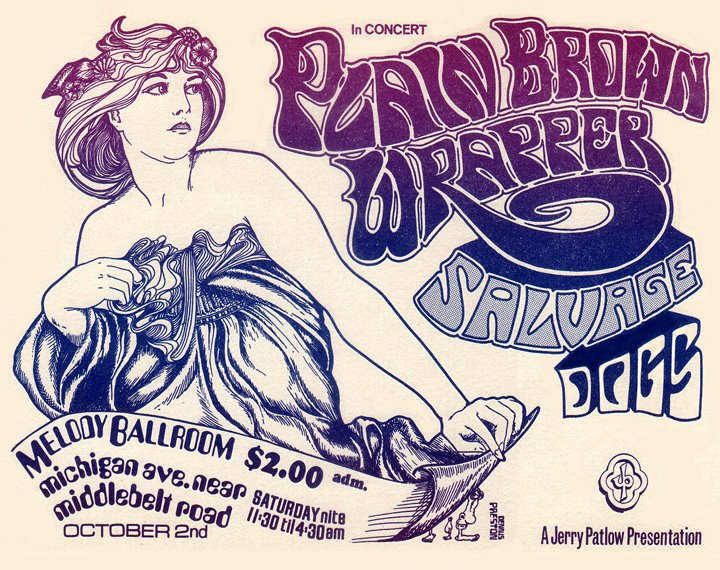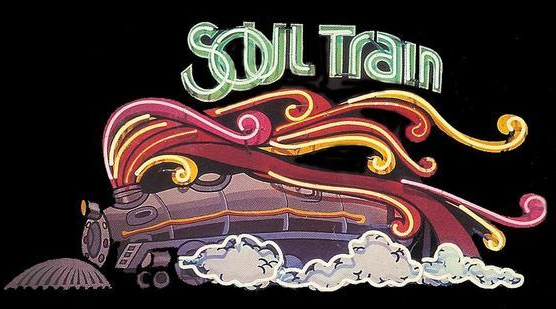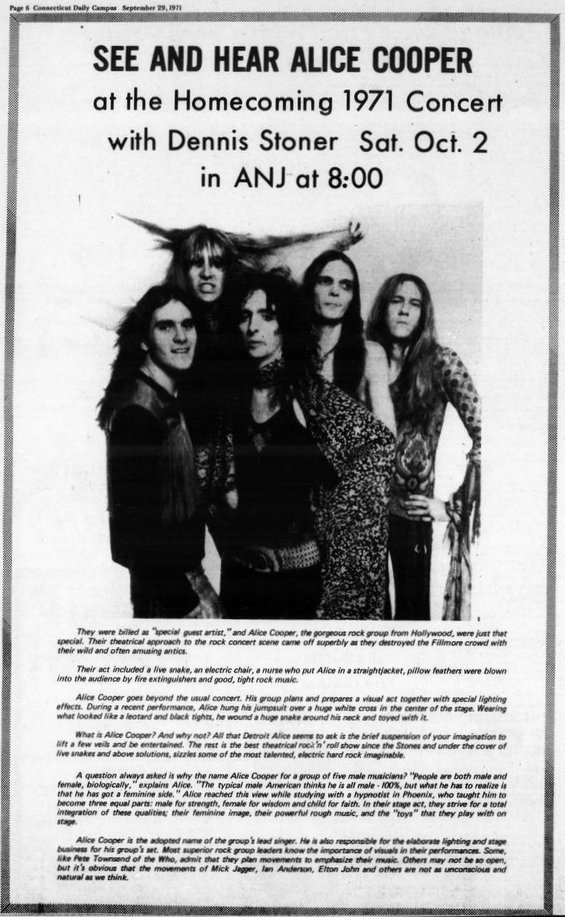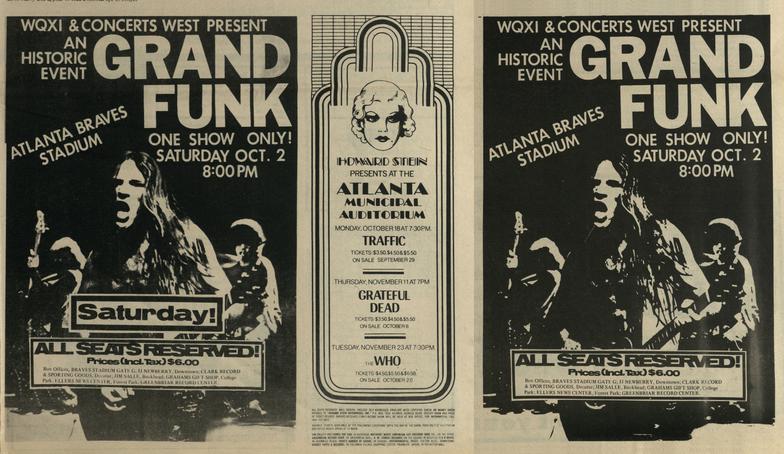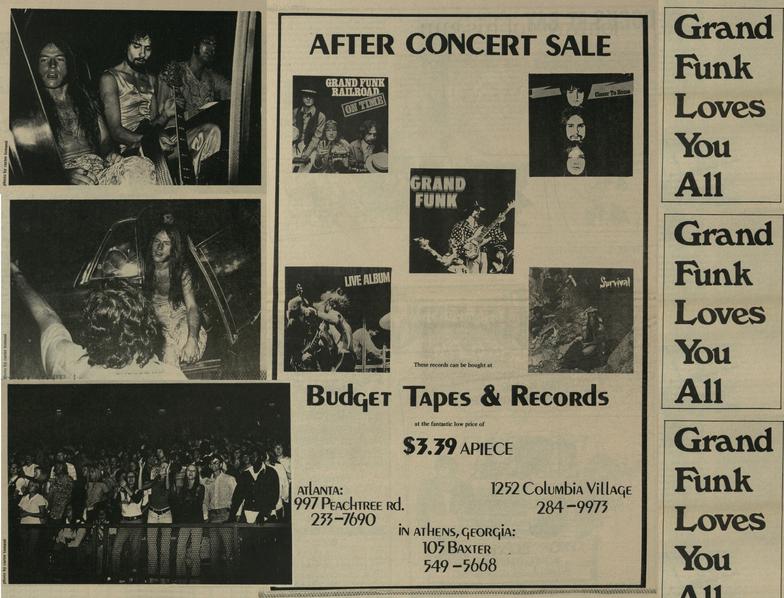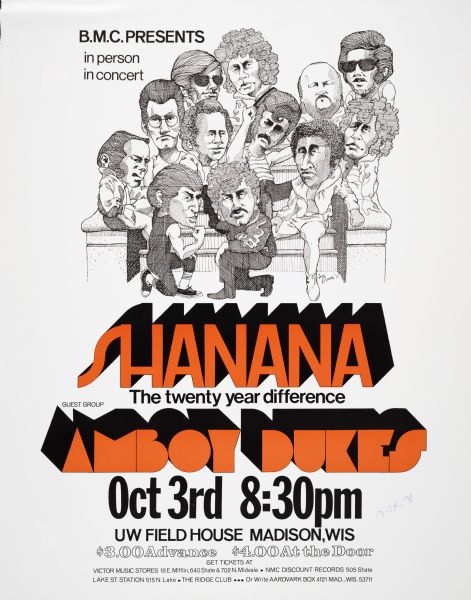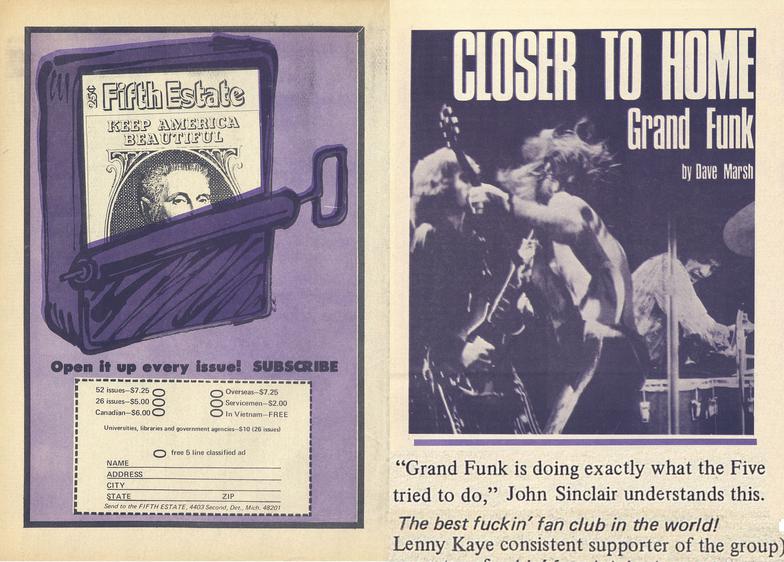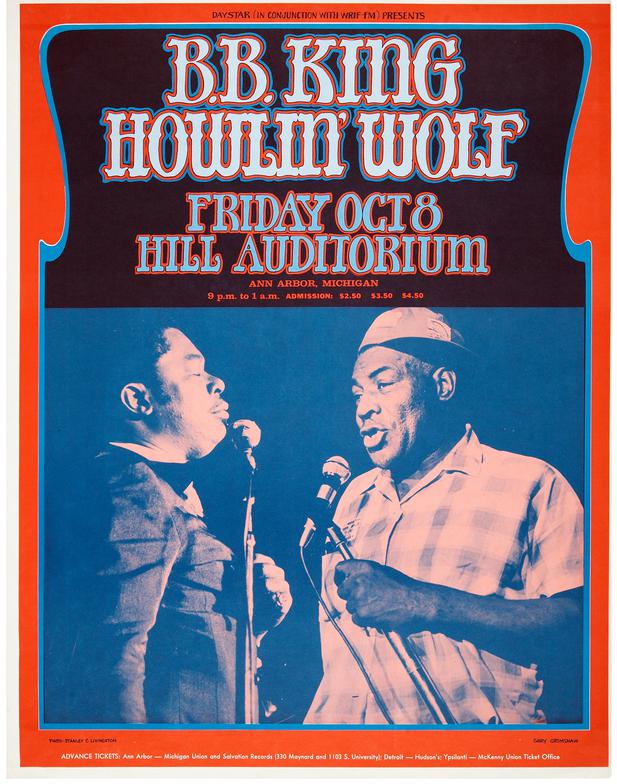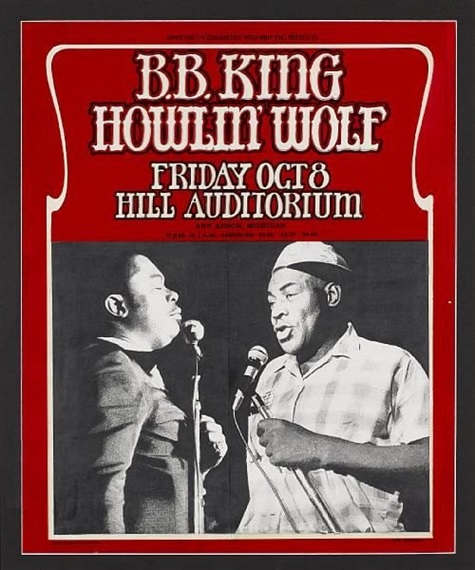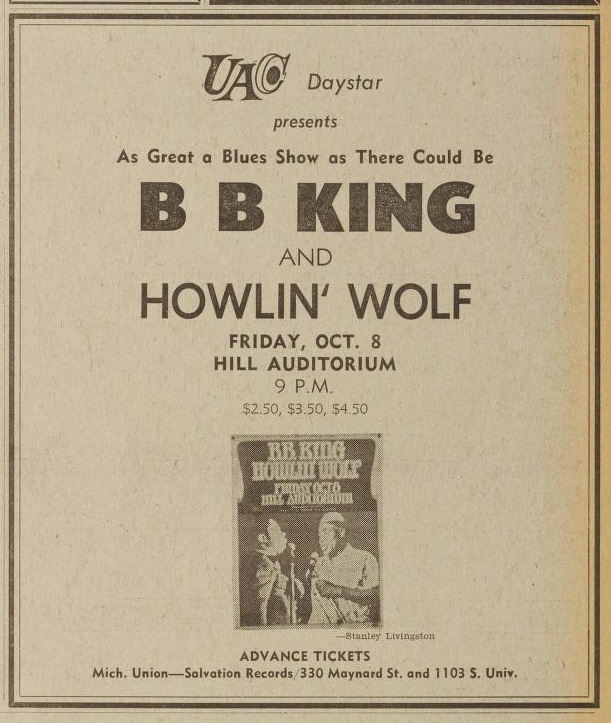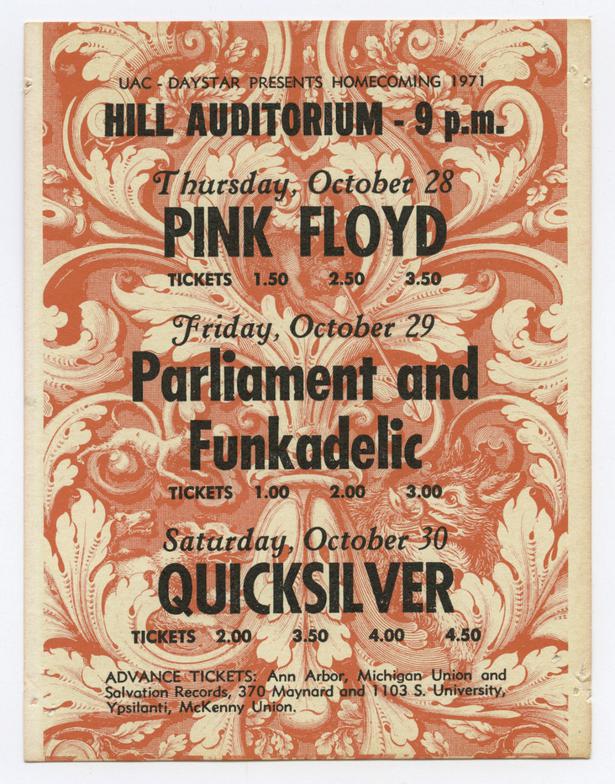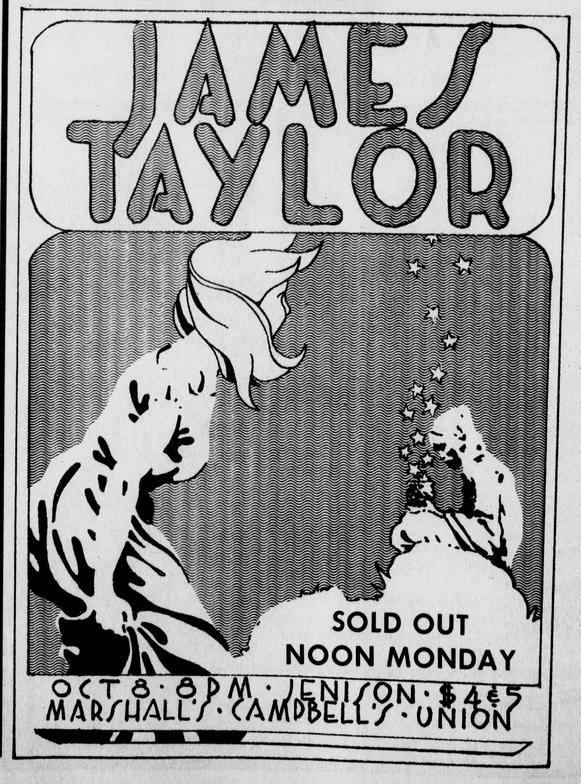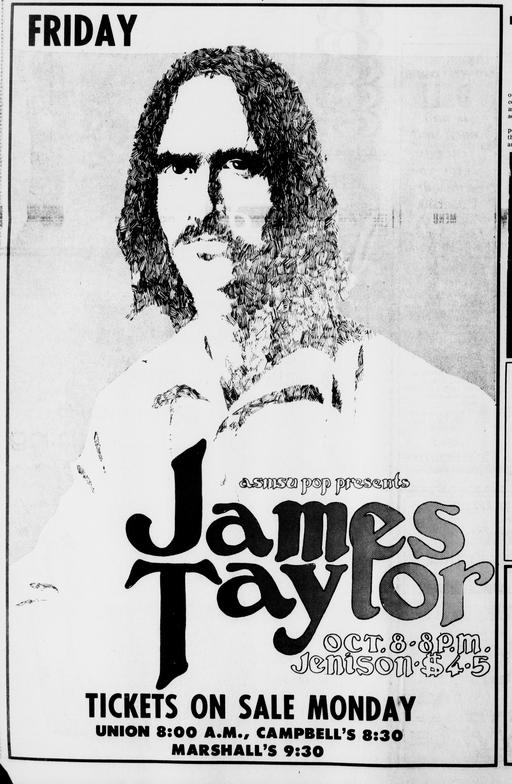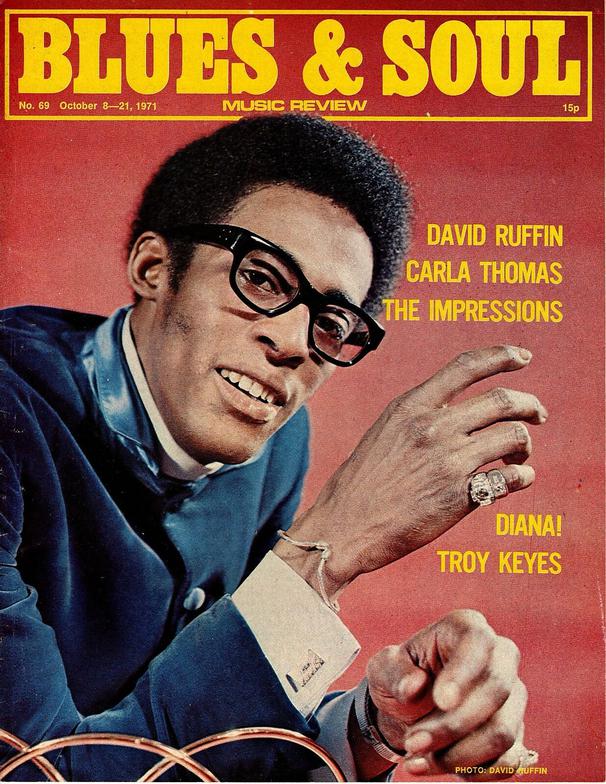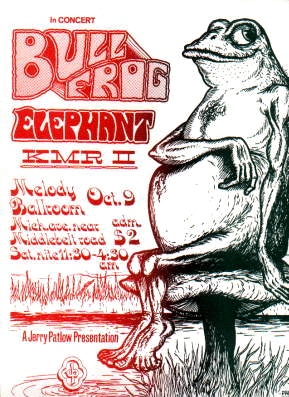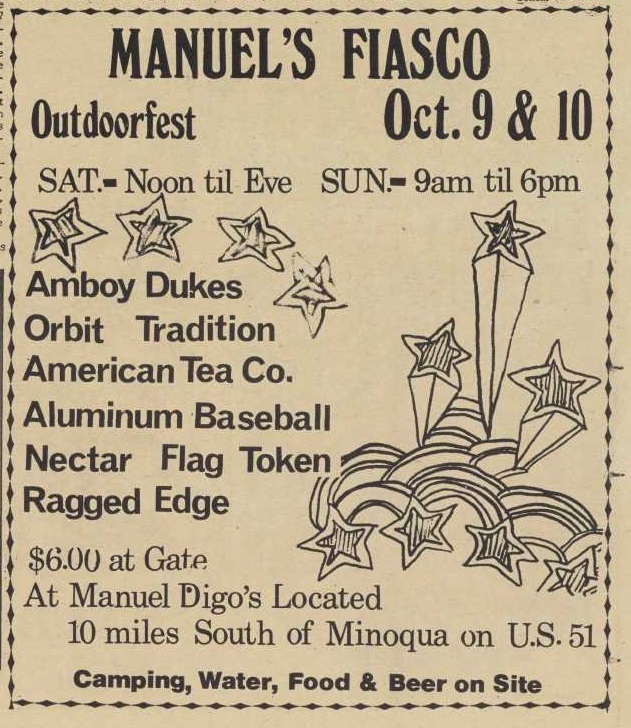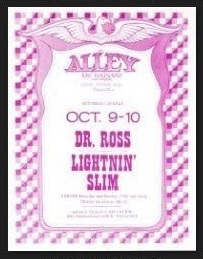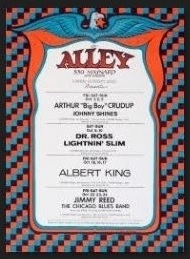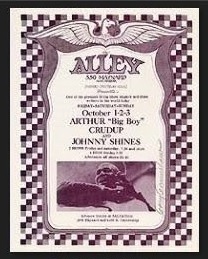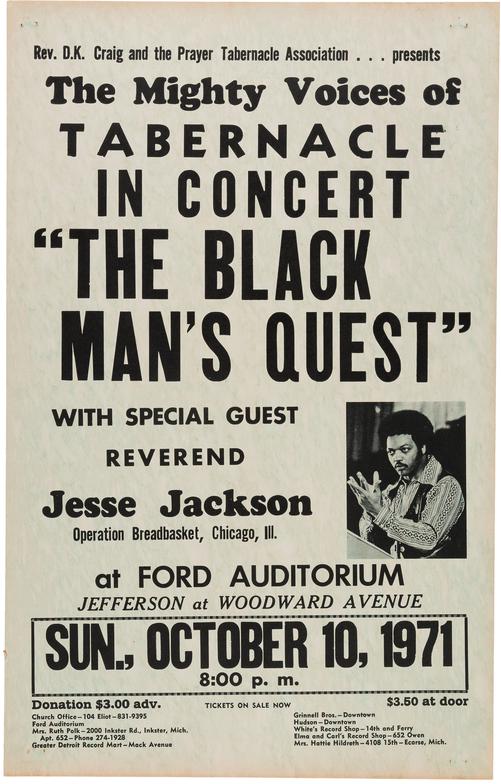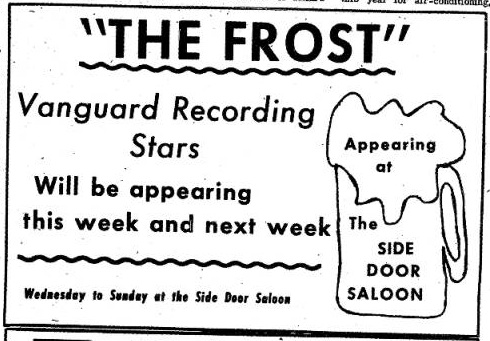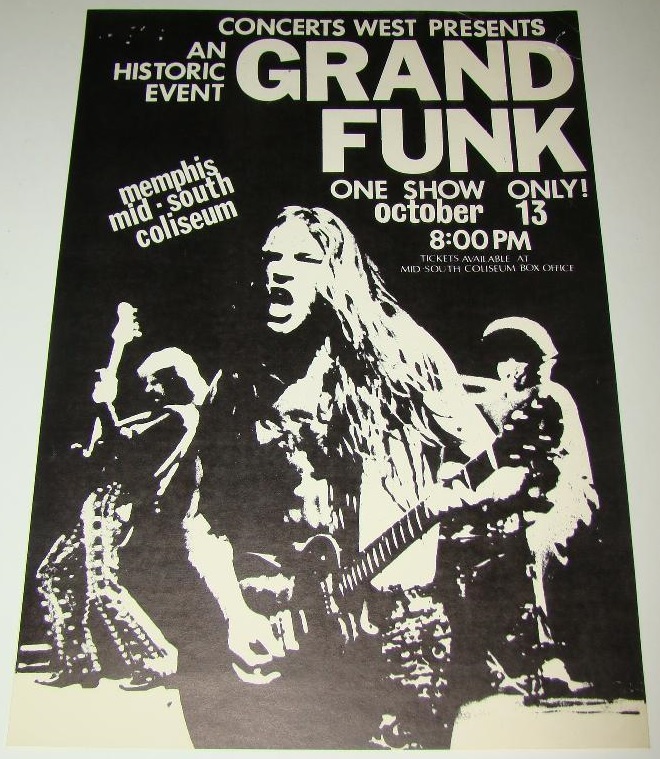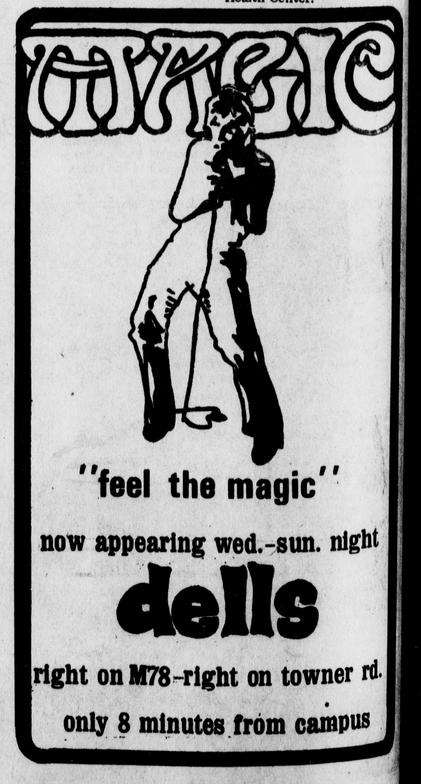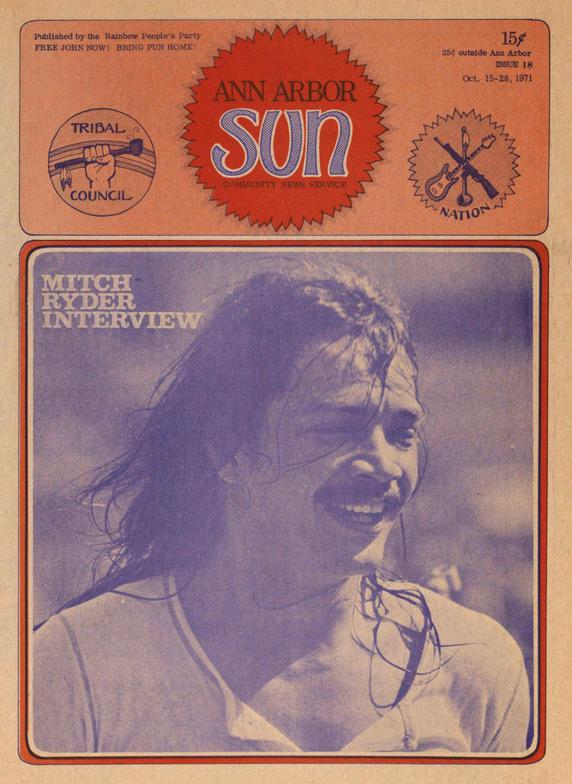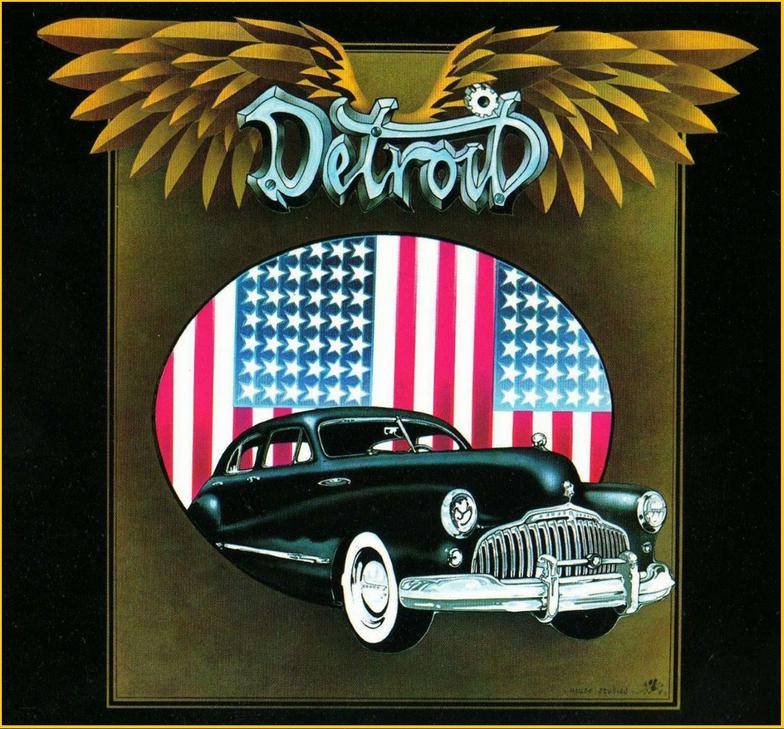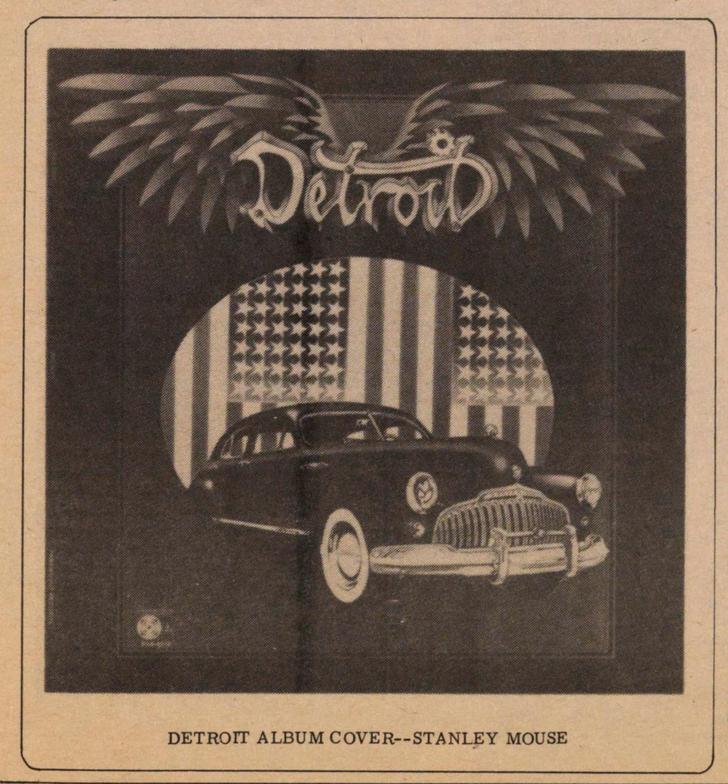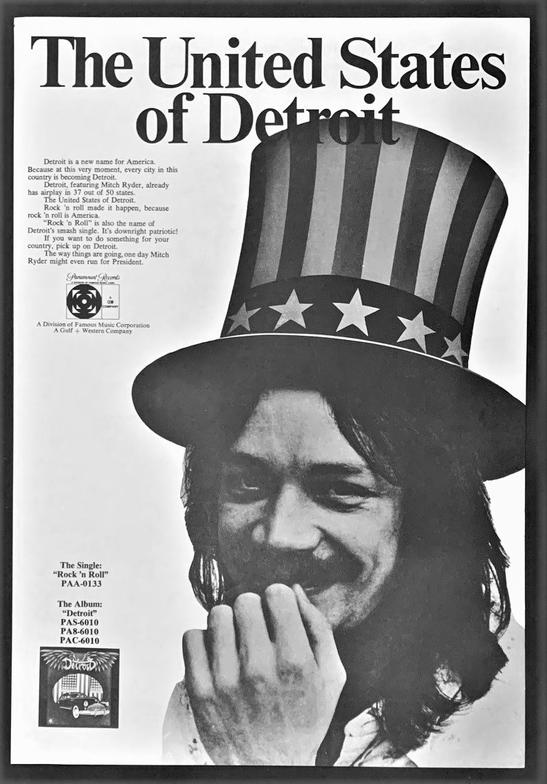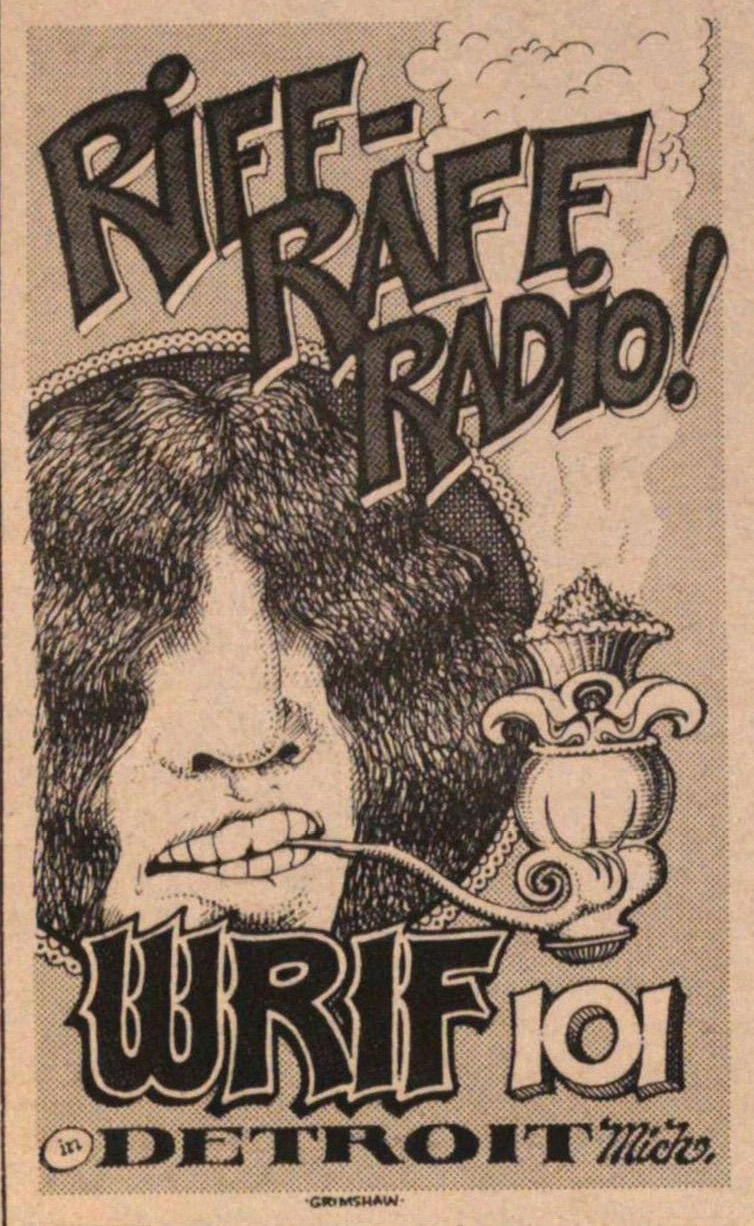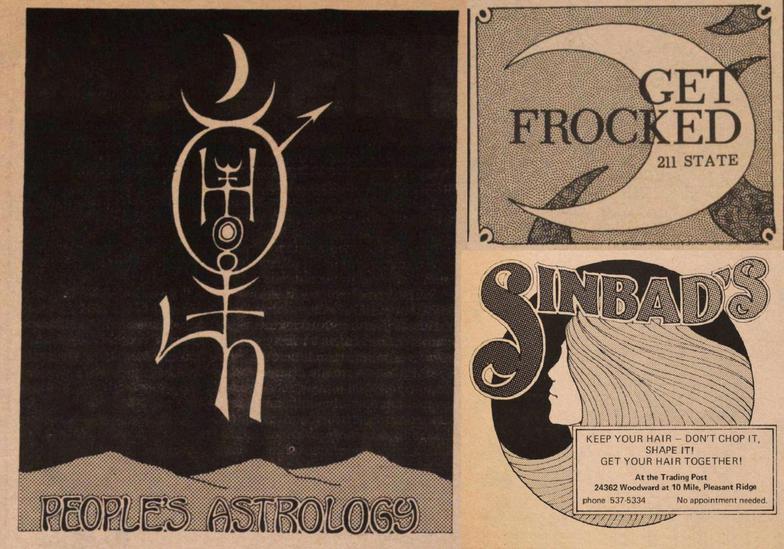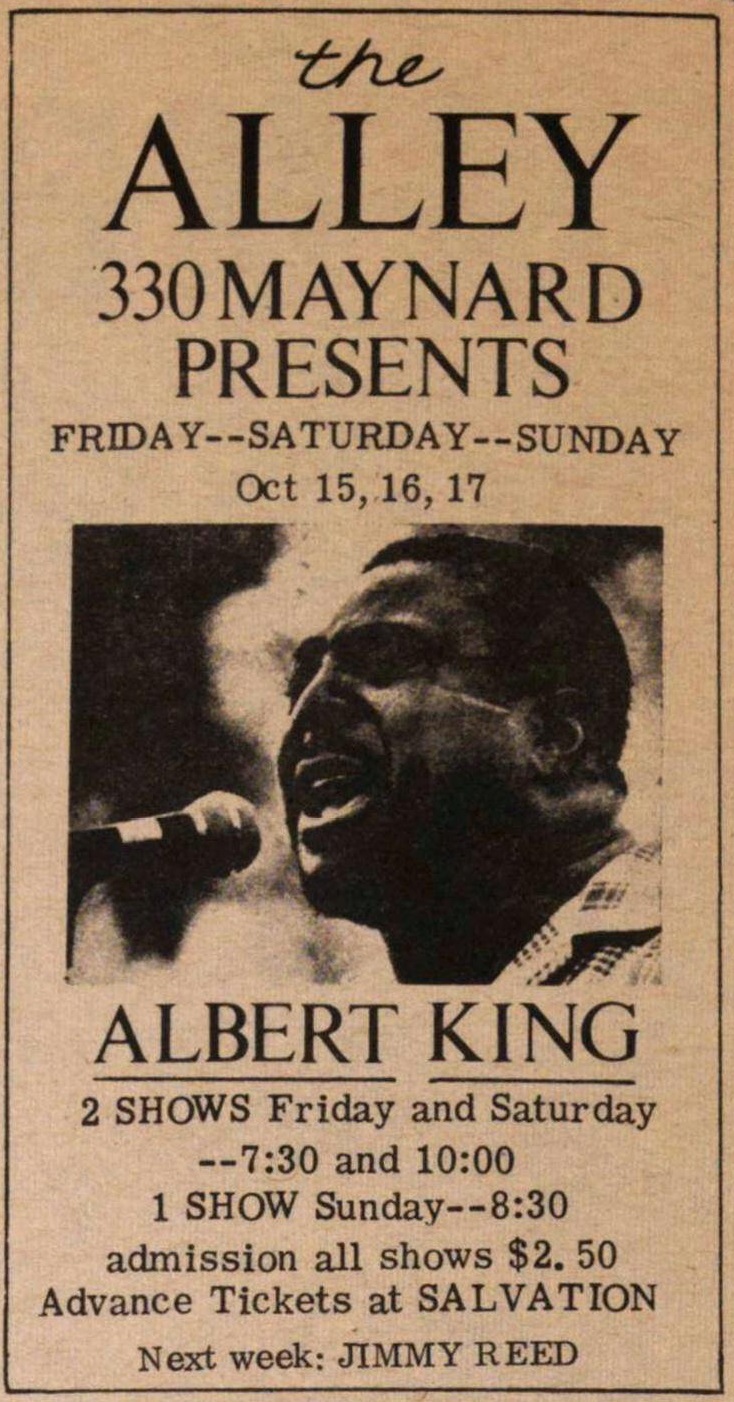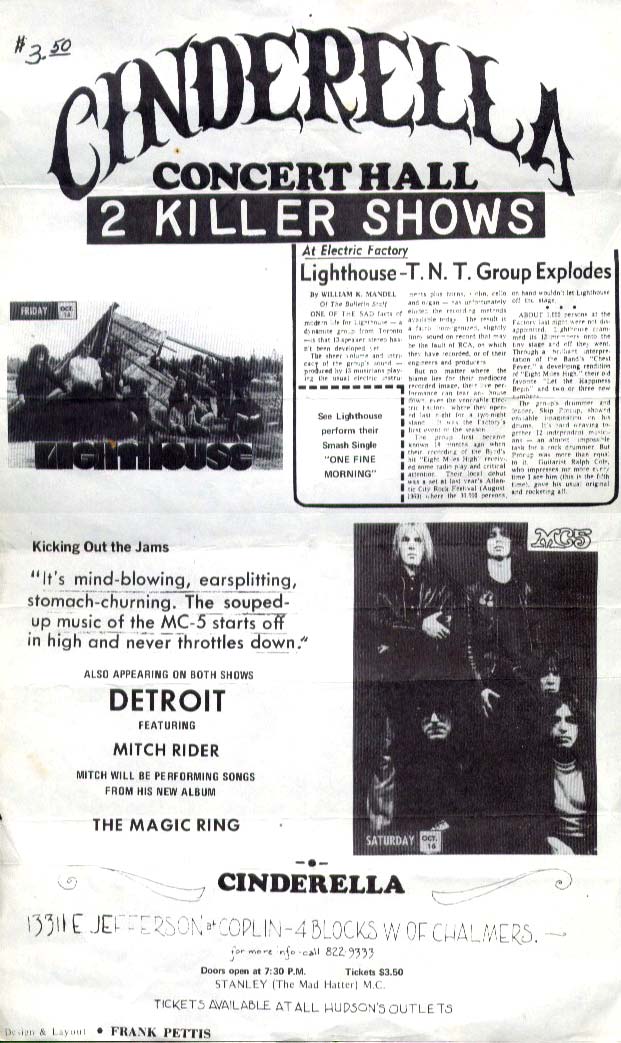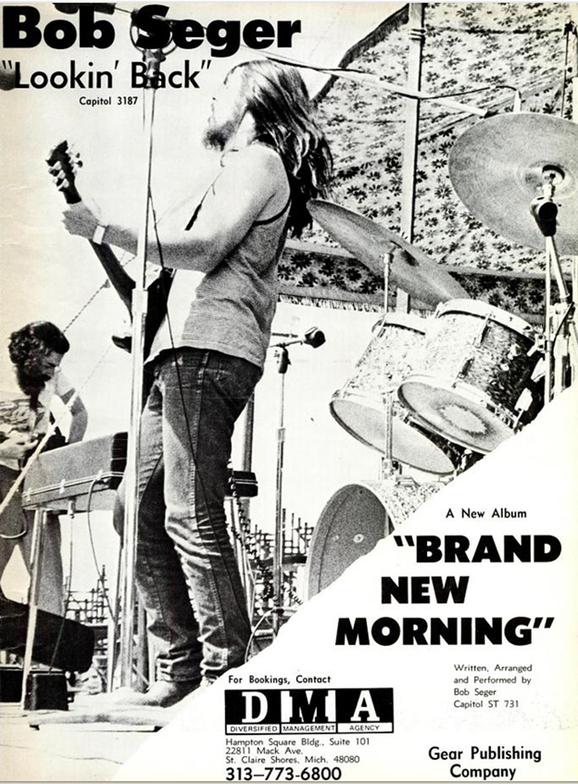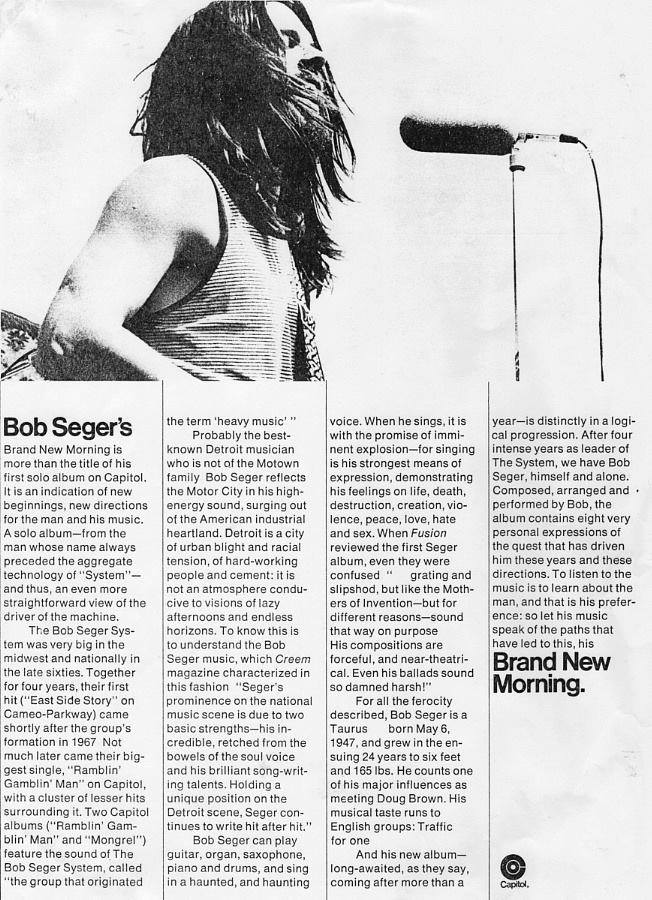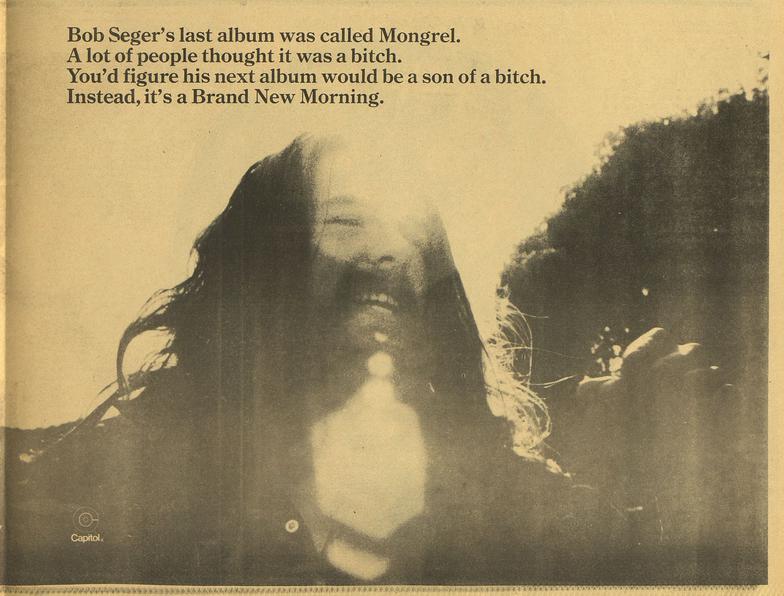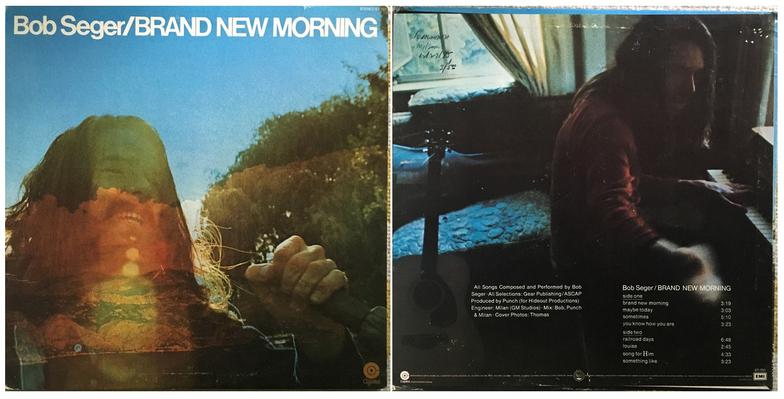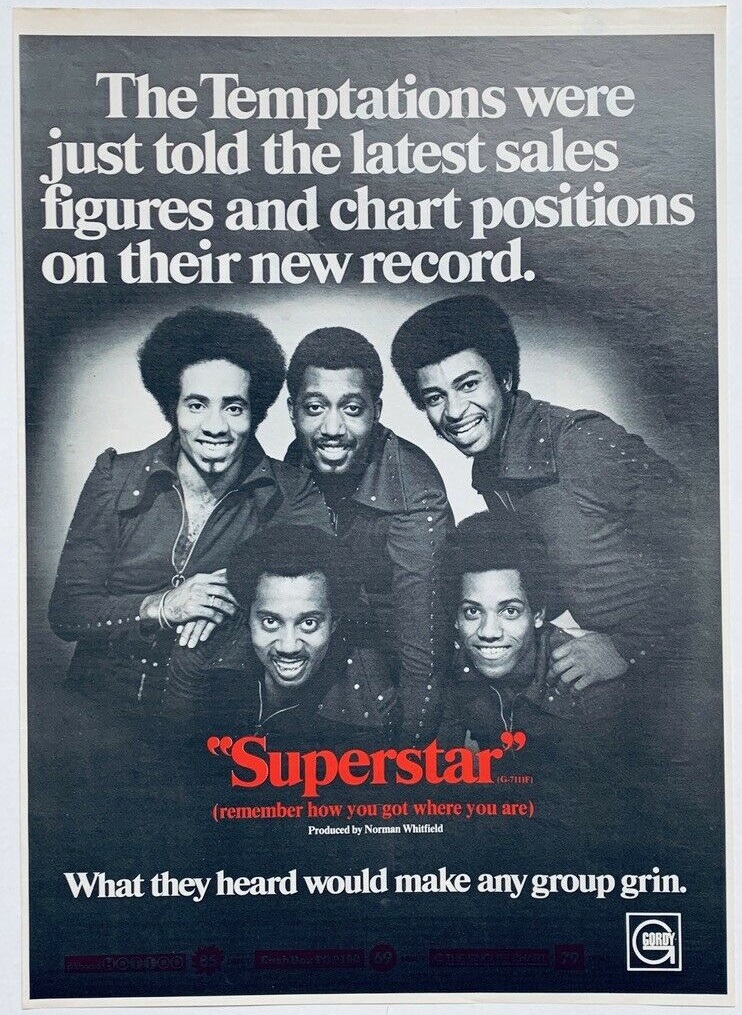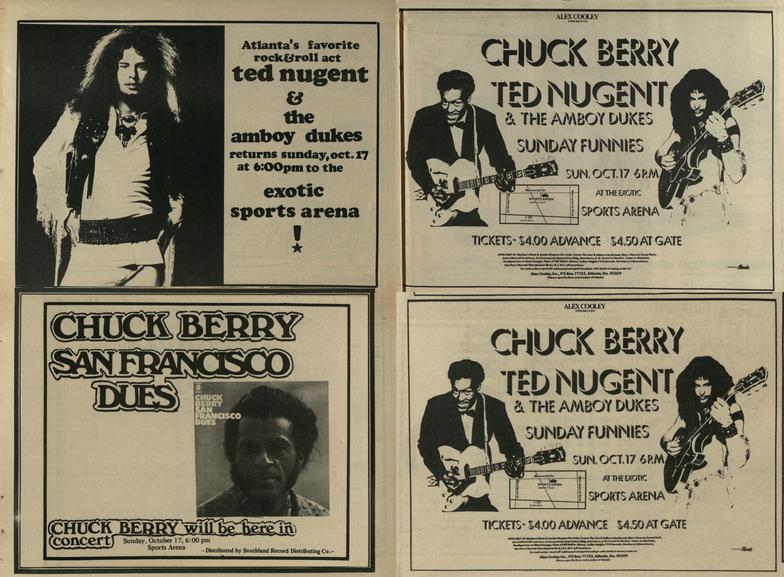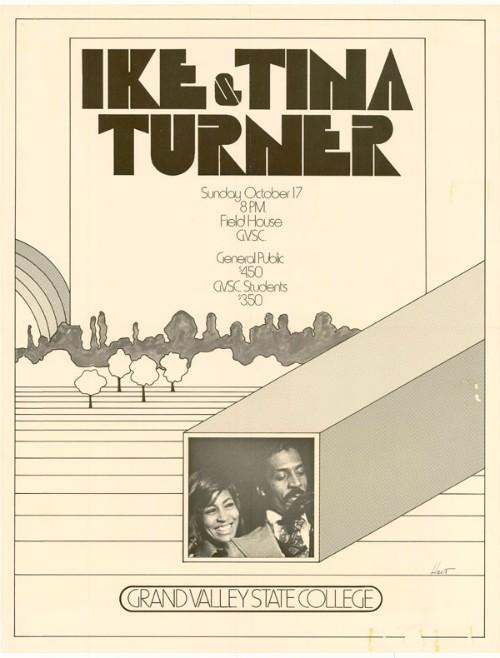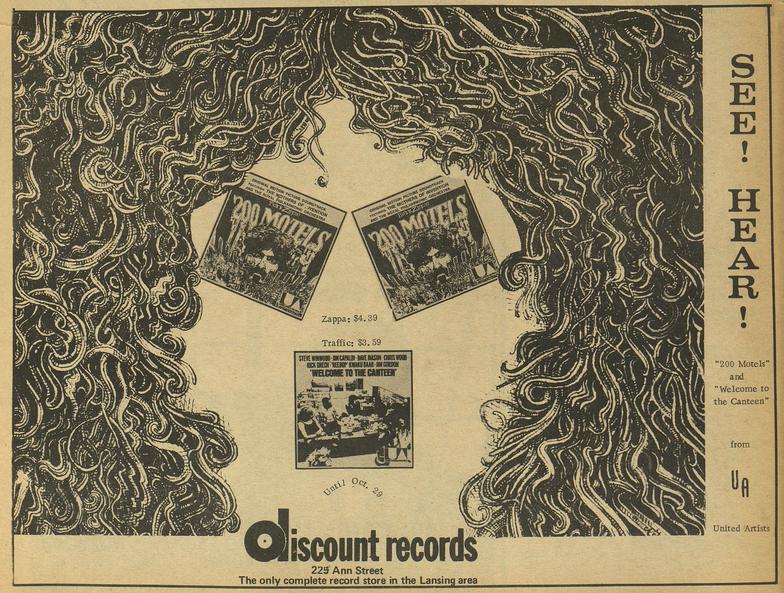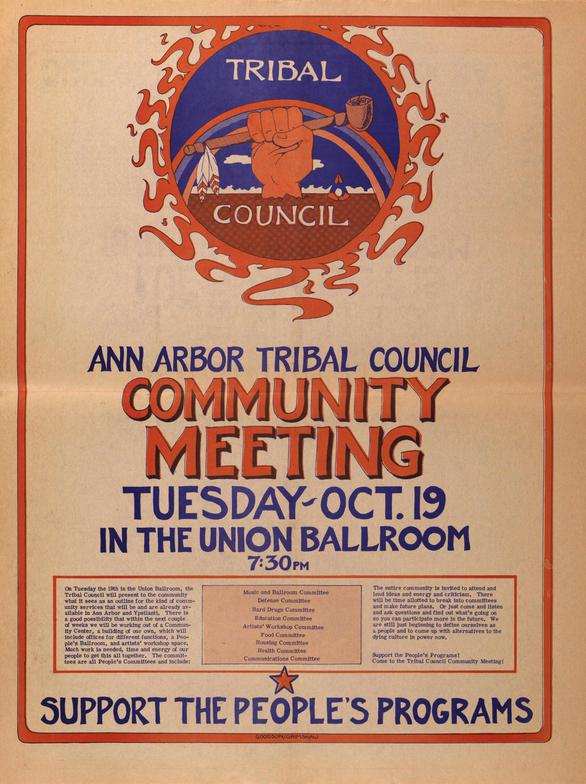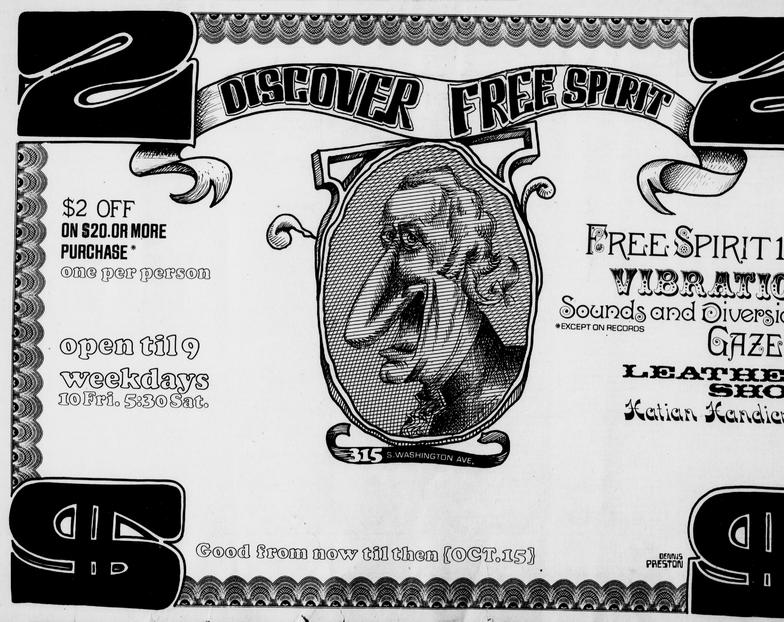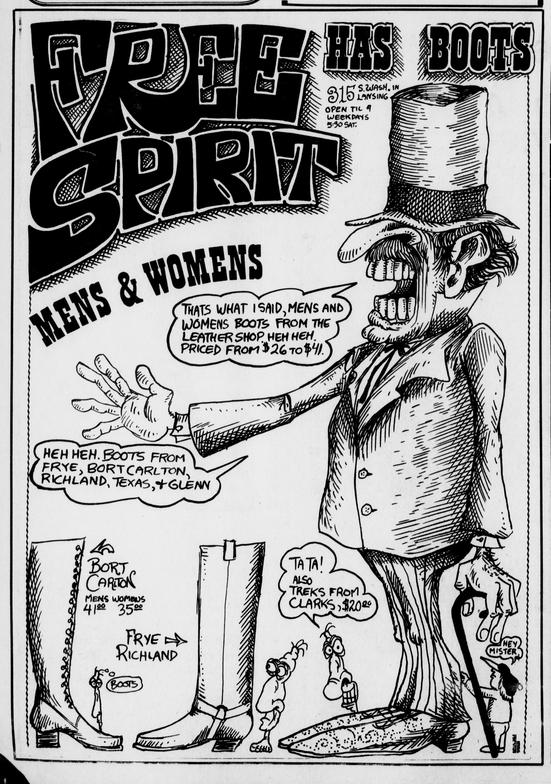Splatt Gallery
Double click here to add text.
Splatt Gallery's History of Michigan Concert Posters
Volume Seven - 1971 - Page Sixteen
**********************************************************
The October 1971 issue of CREEM magazine featured a ten-page story on the MC5 by Dave Marsh and a review of their third album “High Time.” They should have really been on the cover.
The first two pages of the ten-page story on the MC5 by Dave Marsh in the October 1971 issue of CREEM magazine.
A full-page record company ad with the third MC5 album “High Time” in the October 1971 issue of CREEM magazine.
The subscription page in the October 1971 issue of CREEM magazine offering the MC5 album “High Time” as a premium and a full-page Decca Records ad for the “Who’s Next” album.
The October 1971 schedule of shows (missing the Grateful Dead 10/23-24) at the Eastown Theater in Detroit, Michigan, with some Olympia Stadium shows and a picture of a frog.
The front cover of the October 1, 1971 issue of the Ann Arbor SUN newspaper. With this issue, editorship of the paper was switched from the RPP Central Committee to an editorial board of staff members Bonnie Bach, John Collins, Bill Goodson, Ann Hoover, Michael Minnich, and Chris Shondell. Additional staff members were also added.
Another one of the great theaters that were built in the third wave of construction in Detroit, circa 1924, the Cinderella Theatre had a good run until the end of the 1950’s and then sat dormant for a couple decades until it was reopened for the purpose of rock and roll concerts. The premiere opening was October 1, 1971 with Bloodrock, Frut, and Ice with this poster by an unknown artist. Although officially it was the Cinderella Concert Hall, it was commonly referred to as the Cinderella Ballroom.
Flyer by Frank Pettis showing the opening night of the Cinderella “Ballroom”, October 1, 1971.
An ad for Aretha Franklin in Cleveland, Ohio on October 1, 1971.
An ad for the Beachhouse in Venice, California with Savage Grace, still together at this time, opening for Smokestack Lightning, October 1-2, 1971.
Graphics by Dennis Preston in the pages of the Joint Issue newspaper in East Lansing, Michigan, the column header for the “Shorts” column, the friendly telephone from the “Useful Phone Nos.” section, and an ad for the Sounds and Diversions store in signed as Pedro Foruski.
Poster by Dennis Preston, for the Melody Ballroom in Inkster, Michigan, October 2, 1971. Bands were Plain Brown Wrapper, Salvage and the Dogs, a Jerry Patlow presentation. You may recognize the girl from Preston’s “Free Spirit Penny Sale” ad, back in the July issue of the Joint Issue newspaper.
On October 2, 1971, a TV show that had been airing for a year in Chicago had gained the popularity and advertiser’s appeal to go into national syndication. Eight cities, including Detroit, were the first to sign on, bringing Don Cornelius into their living rooms.
Funk Brother guitarist Dennis Coffey released his second album, for which he assembled the Detroit Guitar band including a number of fellow Funk Brothers, notably bassist Bob Babbitt, and two guitar players in addition to himself, Ray Monette from the band Rare Earth, and Joe Podorsic.
A single off the album, called “Scorpio” was released in September 1971, which became his biggest hit, reaching #6 on the Billboard Hot 100. Allegedly the first white artist to be featured on the TV show “Soul Train”, broadcast on Episode #17, January 22, 1972.
Dennis Coffey – Scorpio (1971)
https://www.youtube.com/watch?v=CV3Al6CdmUQ
Newspaper feature for Alice Cooper in Mansfield, Connecticut on October 2, 1971.
A pair of ads for Grand Funk at Atlanta Braves Stadium in Georgia on October 2, 1971.
An “After Concert Sale” on Grand Funk albums and some post-show photos from the group’s appearance at Atlanta Braves Stadium in Georgia on October 2, 1971.
Poster by Tony Dunn for Sha Na Na with the Amboy Dukes at the University of Wisconsin in Madison, Wisconsin, October 3, 1971.
Grand Funk appeared at Olympia Stadium in Detroit, Michigan on October 7, 1971, their third home-state show of the year, following two nights at Cobo Arena in Detroit five months earlier. The band continued to confound the rock press, as examined by writer Dave Marsh in Detroit’s Fifth Estate newspaper, with sell-out shows across the nation and all of their albums gone Gold without a single hit single.
Poster/handbill by Gary Grimshaw, with photo by Stanley Livingston, for BB King and Howlin' Wolf at Hill Auditorium in Ann Arbor, Michigan, October 8, 1971.
Handbill version and newsprint version of Gary Grimshaw’s poster for BB King and Howlin’ Wolf at Hill Auditorium in Ann Arbor, Michigan, October 8, 1971.
Backside of Gary Grimshaw’s handbill for BB King and Howlin’ Wolf, with announcements of upcoming shows at Hill Auditorium in Ann Arbor, Michigan.
Two poster/ads by Hugh Surratt for James Taylor at the Jenison Field House in East Lansing, Michigan, October 8, 1971.
David Ruffin on the cover of the October 8, 1971 issue of the British music magazine Blues & Soul.
Poster by Dennis Preston, for the Melody Ballroom in Inkster, Michigan, October 9, 1971. Bands were Bull Frog, Elephant, and KMR II, a Jerry Patlow presentation.
Gary Grimshaw “checkerboard” poster for Dr. Ross and Lightnin’ Slim at the Alley in Ann Arbor, Michigan, October 9-10, 1971. The same the duo will later open a show for the MC5 in England.
An ad for an Amboy Dukes show that does not appear in any timeline that we can find, on October 9-10, 1971, up in the hinterlands of Wisconsin, “ten miles south of Minocqua on US-51”, this may have been on a farm owned by some dude named Manuel Digo.
The second monthly calendar, October 1971, for the Alley in Ann Arbor with the Gary Grimshaw checkerboard design.
Gary Grimshaw checkerboard poster for the Alley in Ann Arbor with Arthur Cudup and Johnny Shrines, October 1-3, 1971.
A poster for a show by The Mighty Voices of Tabernacle at Ford Auditorium in Detroit, Michigan on October 10, 1971, with special guest Rev. Jesse Jackson of Operation Breadbasket from Chicago, Illinois, which leads to a story of the breadth of gospel music in Detroit beyond the Rev. C.L. Franklin and his daughter Aretha at the New Bethel Baptist Church, and a link to a pioneer of Detroit R&B.
The Rev. Charles Craig moved from St. Louis, Missouri to Detroit in moved to Detroit in the 1950's to be the Minister of Music for the Church of Our Prayer, Rev. James L. Lofton, Sr. was the pastor. While with Rev. Lofton, Craig's choir was over a 500 voice gospel choir, one of the first of that size.
Craig and Lofton parted ways sometime in 1957 and Rev. Craig organized Prayer Tabernacle in 1958 and founded the Prayer Tabernacle Church, where he organized a 125 voice choir and persuaded the Rev. James Cleveland of Chicago, who had established a national reputation in the field of gospel music, to come to Prayer Tabernacle to serve of the church’s Minister of Music.
Meanwhile, Mrs. Carmen Murphy. Who had an established Detroit beauty parlor called House of Beauty, decided to venture into the music business and built a recording studio with a piano in the basement of the beauty parlor, releasing singles by The Lemon Singers and The Peppermints on the HOB label. Mrs. Raynoma Gordy introduced her husband Berry to Carmen and that they subsequently had their first Jobete production released on her HOB label, with the 1959 single "I Need You," recorded by Herman Griffin and The Rayber Voices.
The well-known Detroit DJ Jack Surrell introduced Murphy to the Prayer Tabernacle Church choir, either by attending a Good Friday concert at Ford Auditorium, or, according to album liner notes, by playing her a tape that he had made of the performance. “So thrilled was Mrs. Murphy by this performance, which later reports revealed had the capacity audience in tears, that she decided to record this marvelous group”.
Murphy named the group The Voices of Tabernacle and released their debut album, “The Love of God”, on her HOB label. It became a huge hit and the sensation of the title track led the Rev. James Cleveland to being signed by the prestigious Savoy Records label, where he became known as “the King of Gospel music”.
While performing across the country, appearing on radio and television, it was at the Madison Square Garden that they became known as the "Mighty Voices of Tabernacle".
For her more secular recordings, Murphy created the “Soul” label which released a couple of Mike Hanks’ compositions, “Dog Eat Dog” and “Who’s in the Shack”. She later sold the "Soul" name to Berry Gordy, who used it as the Motown sub-label for artists like as Jr. Walker, Gladys Knight and Jimmy Ruffin. Although Murphy had offered him the name for free, Gordy’s legal team wanted it done properly and insisted on paying for it, so they gave her a dollar.
The first video is a nice history of the Prayer Tabernacle church, and the following videos are the songs mentioned above.
The History of Prayer Tabernacle Church - The Voices of Tabernacle * Narrated by Edna Tatum
https://www.youtube.com/watch?v=fjOKzlqSIT4
Rev James Cleveland & The Voices Of Tabernacle - The Love Of God (1959)
https://www.youtube.com/watch?v=1yDtTCGLbMQ
The Barons – Dog Eat Dog (1961)
https://www.youtube.com/watch?v=G8ILqETSebU
The Barons – Who’s in the Shack (1961)
https://www.youtube.com/watch?v=1QUeIW63vOo
The Frost began a long term residency at the Side Door Saloon in Mount Pleasant, Michigan, beginning October 13, 1971, and lasting throughout the following year.
Poster for Grand Funk Railroad at Mid-South Coliseum in Memphis, Tennessee on October 13, 1971.
An ad for the band Magic at the Dells in Haslett, Michigan, October 13-17, 1971.
The front cover of the October 15, 1971 issue of the Ann Arbor SUN newspaper with a Mitch Ryder interview.
In an interview in the October 15, 1971 issue of the Ann Arbor SUN newspaper Mitch Ryder talked about his upcoming album and the paper had a photo of the album cover, designed, as they noted, by Stanley Mouse.
In a year that had already seen the releases of two landmark albums, Marvin Gaye’s “What’s Going On” and Funkadelics’ “Maggot Brain”, the “Detroit” album may be the quintessential Detroit (the city) rock and roll record. Like those other two, “Detroit” has a cohesive wholeness and it’s a bridge between the past and the future, the past with a cover of The Falcons, and the future with a cover of Lou Reed.
No doubt, a key element was the production by the “Boy Wonder” Bob Ezrin, who had just worked his magic to catapult Alice Cooper to international fame. Ezrin co-wrote the opening track with Ryder, the recording featured the keyboardist Boot Hill and bass player John Sauter, both of whom left the band midway through the album’s sessions.
Detroit – Long Neck Goose (1971)
https://www.youtube.com/watch?v=-OliH7nUBDM
The third track was a cover of songwriter Ron Davies’ “It Ain’t Easy”, which was certainly making the rounds, Three Dog Night and Long John Baldry had both covered the song on albums of the same name, and soon after, David Bowie would include it on his “Ziggy Stardust: album in 1972.
Detroit – It Ain’t Easy (1971)
https://www.youtube.com/watch?v=rlWEAqZS1Sc
Bassist John Sauter was replaced by Ron Cooke from the band Catfish. Cooke contributed a tune that he wrote, “Box of Old Roses”, and another song written by Cooke’s old band-mates in Catfish.
Detroit – Box of Old Roses (1971)
https://www.youtube.com/watch?v=jyOFm0PVmhQ
Reaching way back into the history of the city that the band was named after, the album included a cover of a 1962 hit by The Falcons, the Detroit band that formed in 1955 and whose members, over time, included Joe Stubbs, Eddie Floyd, Mack Rice, and Wilson Pickett, who’s performance on this song paved the way for his solo career. The song was also co-written by Robert West, a song-writer and record label owner in Detroit since 1935.
Detroit – I Found a Love (1971)
https://www.youtube.com/watch?v=qXJtBdKFt3E
And then, of course, there was their cover of Lou Reed’s “Rock ‘N Roll”, the leading single from the album. Lou Reed called it the definitive version, and later, when Reed was planning his album “Berlin”, with producer Bob Ezrin, he asked Ezrin to bring in Detroit’s guitarist Steve Hunter (and also Dick Wagner from the Frost, but that’s a story we’ll get to later).
Detroit – Rock ‘N Roll (1971)
https://www.youtube.com/watch?v=Mag6jxiHXXk
Newsprint version of Stanley Mouse’s cover art for the Detroit album.
A full-page ad for the album “Detroit”, released in October 1971. The slightly ridiculous ad copy reads:
Detroit is the new name for America.
Because at this very moment, every city in this country is becoming Detroit.
Detroit, featuring Mitch Ryder, already has airplay in 37 out of 50 states.
The United States of Detroit.
Rock ‘n Roll made it happen, because Rock ‘n Roll is America.
“Rock ‘n Roll” is also the name of Detroit’s smash single. It’s downright patriotic!
If you want to so something for your country, pick up on Detroit.
The way things are going, one day Mitch Ryder might even run for President.
Gary Grimshaw ad for WRIF radio in Detroit, Michigan, published in the October 15, 1971 edition of the Ann Arbor SUN newspaper.
More Gary Grimshaw goodness from the pages of the Ann Arbor SUN, October through December, 1971, the column heading for the People’s Astrology feature, and local business ads.
A full-page Capitol Records ad for the British band Tucky Buzzard, with tour dates in the form of a letter from “Sara Jane” to her Mom and Dad, telling them that summer camp is a bore and that she will be taking up with the Tucky Buzzard band, and will be following them throughout the tour itinerary. The stops include the band’s first Michigan appearance, at the Eastown Theater in Detroit, October 15-16, 1971, opening for Fleetwood Mac. The band will perform in Detroit three more times, opening for Uriah Heep in 1973 and opening for Deep Purple in 1974, all at Cobo Arena.
A competent blues-hard rock band that released five albums, and no doubt have a devoted fan base, but their main claim to fame seems to be their relationship with Rolling Stones’ bassist Bill Wyman, who produced their albums and enlisted their guitarist Terry Taylor for Wyman’s Rhythm Kings band. For the curious, here’s a look at the band.
Tucky Buzzard – Fast Bluesy Woman (1973)
https://www.youtube.com/watch?v=jt94UOT_odw
Gary Grimshaw poster for Albert King at the Alley in Ann Arbor, Michigan, October 15-17, 1971, another in the “checkerboard series”.
Newspaper ad for Albert King at the Alley in Ann Arbor, Michigan, October 15-17, 1971.
Poster by Frank Pettis for the Cinderella Concert Hall, more commonly known as the Cinderella Ballroom, with the band Lighthouse on October 15, and the MC5 on October 16, 1971. The bands Detroit featuring Mitch Ryder and Magic Ring opened both nights.
A full-page ad from Dave Leone’s DMA in the October 16, 1971 issue of Billboard magazine promoting Bob Seger’s new album and new non-album track single.
A full-page Capitol Records ad for Bob Seger’s “Brand New Morning” album, released in October 1971. Within the ad copy is probably the only time that Seger is compared to the Mothers of Invention.
The major labels continually exhibited their cluelessness when it came to developing and promoting artists, such as this absolutely atrocious ad-copy for Bob Seger’s Brand New Morning album, published in the October 15, 1971 issue of the Chicago Seed newspaper.
Front and back covers for Bob Seger’s album “Brand New Morning”, released in October 1971.
Bob Seger – Brand New Morning (album) (1971)
https://www.youtube.com/watch?v=zL5lhcCCidA
A full-page Gordy Records ad for the Temptations’ single “Superstar” which was released on October 17, 1971. Allegedly the song was a criticism aimed at former Temptations members David Ruffin and Eddie Kendricks. Later, Ruffin himself recorded a cover version of the song.
The Temptations – Superstar (1971)
https://www.youtube.com/watch?v=kZNOKuEPRFo
Ads for Ted Nugent & the Amboy Dukes with Chuck Berry and the Sunday Funnies at the Sports Arena in Atlanta, Georgia on October 17, 1971. Chuck Berry had just released his fifteenth studio album “San Francisco Dues”, recorded in Lake Lansing, Michigan at the home studio of his long-time live backing band the Woolies.
Chuck Berry – The Festival (1971)
https://www.youtube.com/watch?v=V4gacgJb1Ko
Poster with illegible artist signature for Ike & Tina Turner at the Grand Valley State Colleges Fieldhouse in Grand Rapids, Michigan, October 17, 1971.
Cool ad for Discount Records in East Lansing, Michigan, in the October 18, 1971 issue of the Joint Issue newspaper with Frank Zappa’s “200 Motels” album and “Welcome to the Canteen” by Traffic.
Poster by Gary Grimshaw and Goodsun for an Ann Arbor Tribal Council Community Meeting at the Union Ballroom in Ann Arbor, Michigan, October 19, 1971.
Volume Seven - 1971 - continues - HERE
A two-dollar coupon designed by Dennis Preston for the Free Spirit shopping mall in Lansing, Michigan, valid October 1-15, 1971, and an ad from the October 14, 1971.


